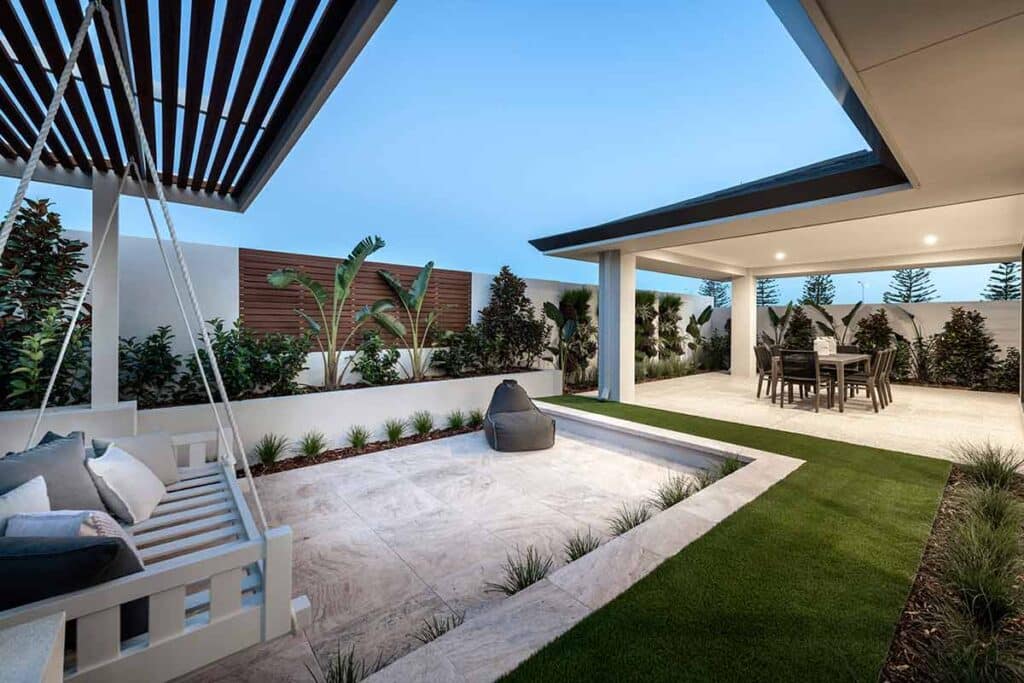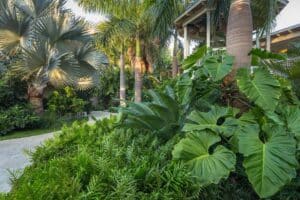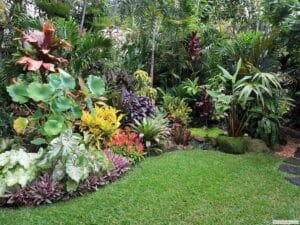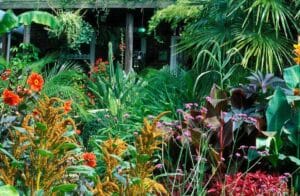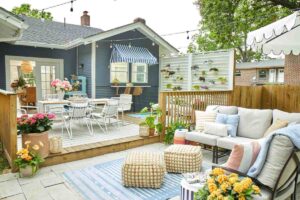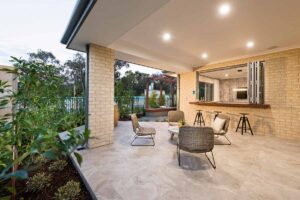One of the most common difficulties we face as landscapers is when we are asked to design a landscaped garden that has limited space. Given that we cannot create a design for a landscaped garden that has dimensions any bigger than the garden itself, we often have to call upon several tricks and techniques to help maximise the space at a physical level and also to give the appearance of more space visually.
Practical ways to increase space include using multi-level decking and having vertical gardens, however, it is also possible to trick the eyes and the mind using landscape design techniques that make them see and think the garden is larger than reality. Here are seven of the techniques that we use.
Disappearing Fences
In many gardens which we are asked to design there is existing fencing, and sometimes the clients wish to keep this, whilst others are happy for it to be replaced, with bushes or trees, for example. Where fences will remain, painting and staining them in a dark colour can help make them seem less dominating and not appear as an obvious limit to the dimensions of the garden. Planting shrubs, bushes or trees in front of fences also means there is no visible fence.
Minimise The Lawn
Having a large lawn might seem like a positive in a garden, but when that garden is relatively small, a large fence-to-fence lawn can increase the sense of limited space. One landscape design technique we often use in this instance would be to swap out some of the lawn for some plant beds or small shrubs.
Curvaceous Lawns
We have just mentioned the size of a lawn being an issue when it comes to small gardens, however, the shape of your lawn can also make a difference as to how much space there appears to be in your garden. We will often alter the shape of a lawn from being rectangular or perfectly square to having one or more curved sections in our landscape designs which can give the feeling of there being more space.
Deeper Foliage
One way in which people feel they are in a larger garden than it really is due to the amount of foliage that they can see. Provided it does not extend too far that it blocks pathways, having and growing thicker, deeper foliage can trick the eyes into thinking the garden is bigger, plus it is also useful for hiding fencing as we mentioned previously.
Creating A Focal Point
This is where knowing something about how our visual senses work helps us create a landscape design. When human eyes see a focal point within their visual plain, it makes the mind think that the space in front and to the sides of that focal point is larger, simply because the eyes are focusing on something. That ‘something’ should be positioned centrally at one end of the garden and can be an ornament, a tree, a sculpture, a large bush, or even a garden seat.
Horizontal Elements
This is an especially effective landscape design technique for long, thin gardens with limited space. Here, the trick is to include elements that run horizontally across the garden, such as stones, paving, or decking, as these will all make the garden seem wider and thus larger.
Step It Down
In both a practical and visual sense, the creation of steps helps to increase the space in a small garden. Stepped levels will utilise the space created by the soil that is removed to create the steps, and when standing on the top step looking down, this also gives the illusion of more space.
